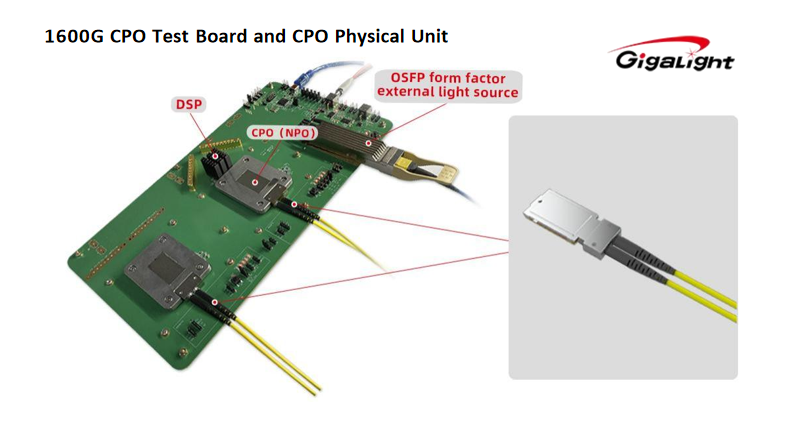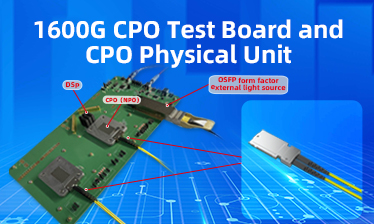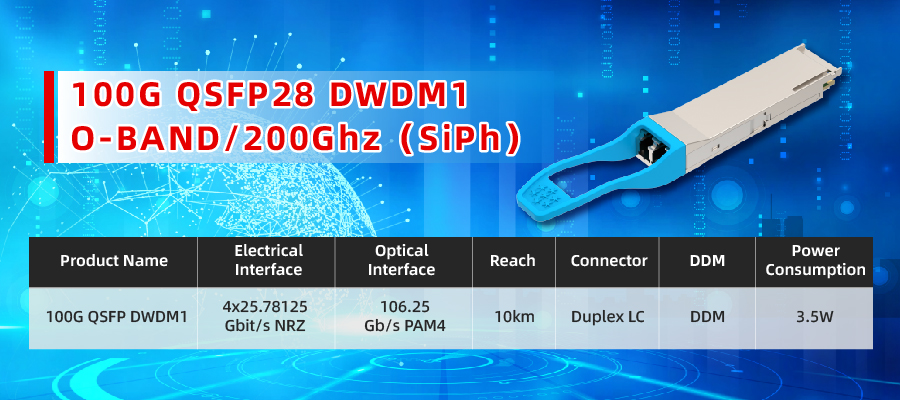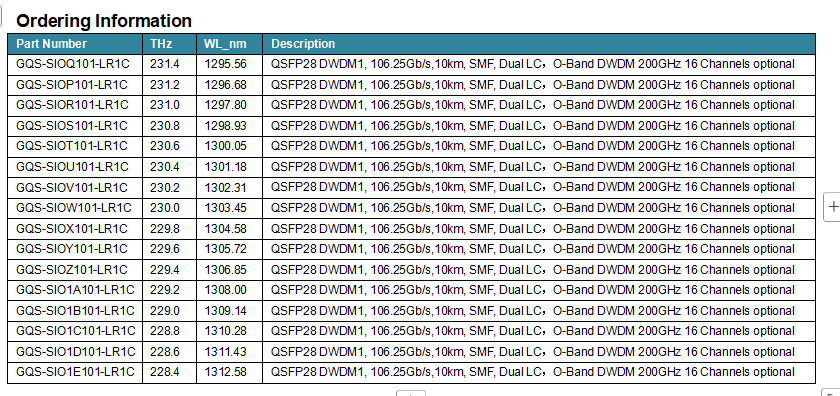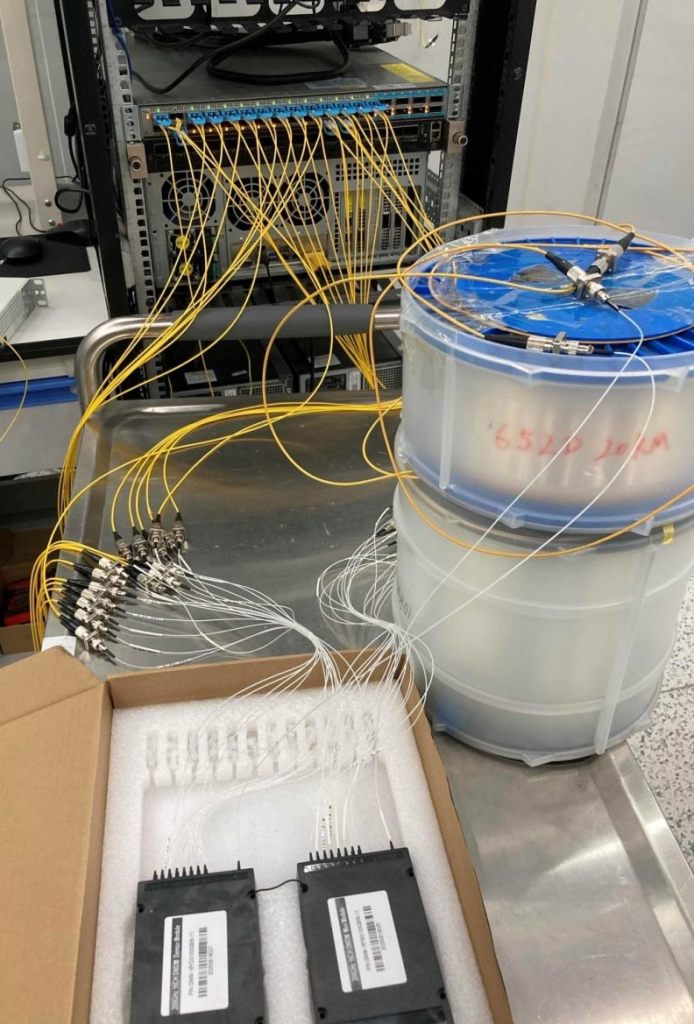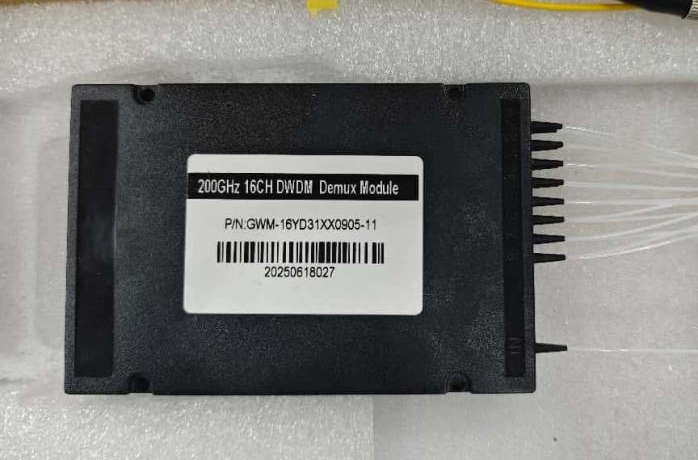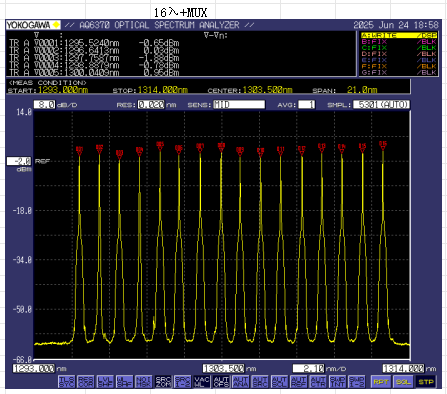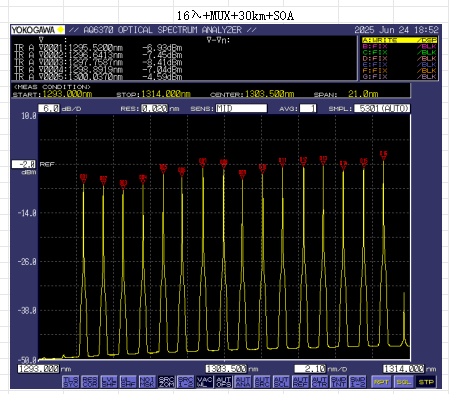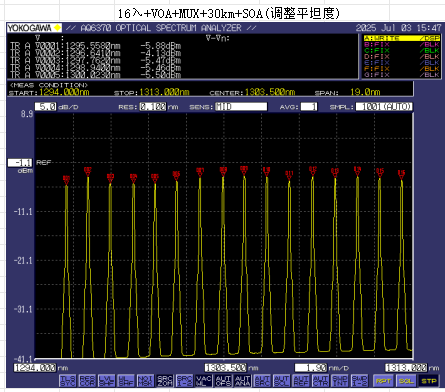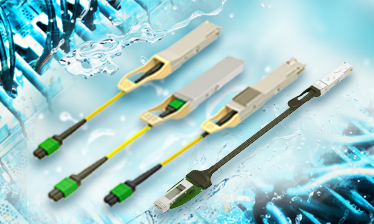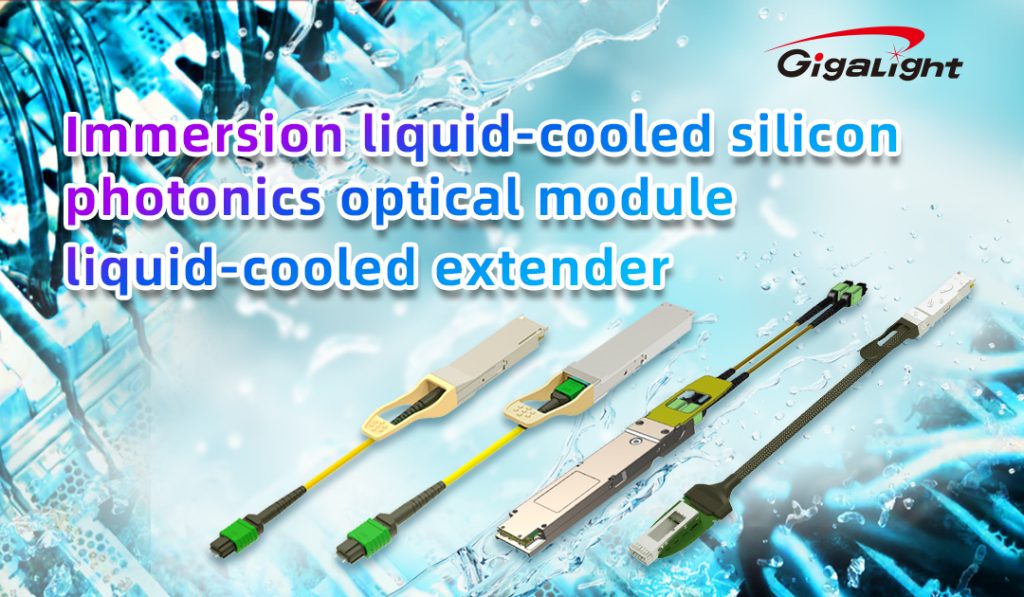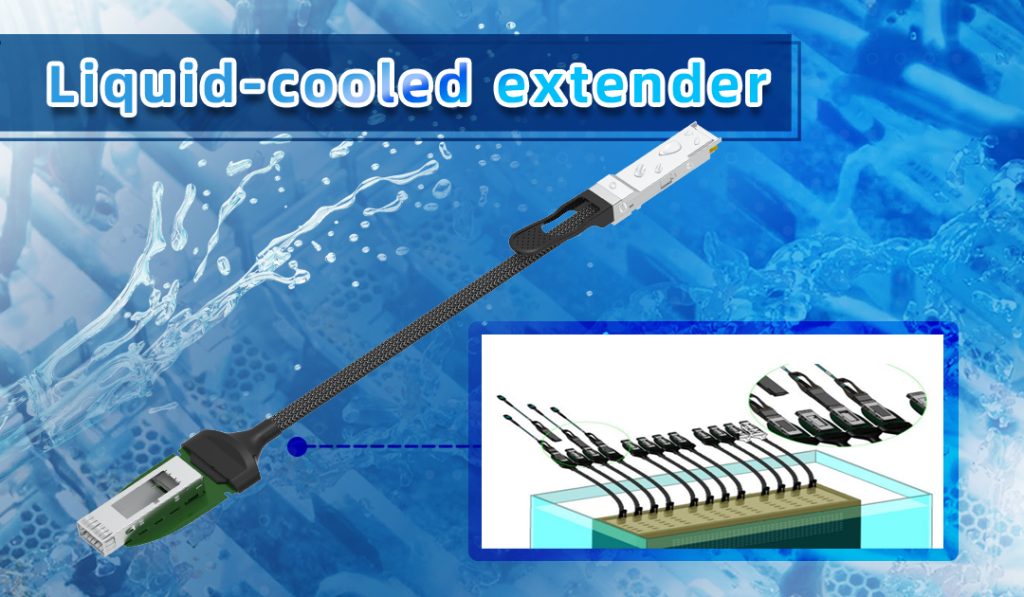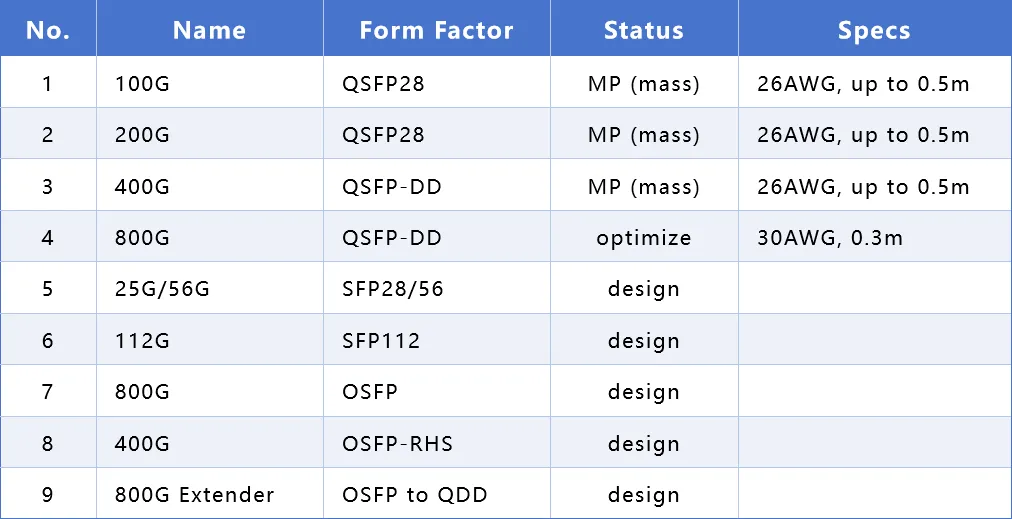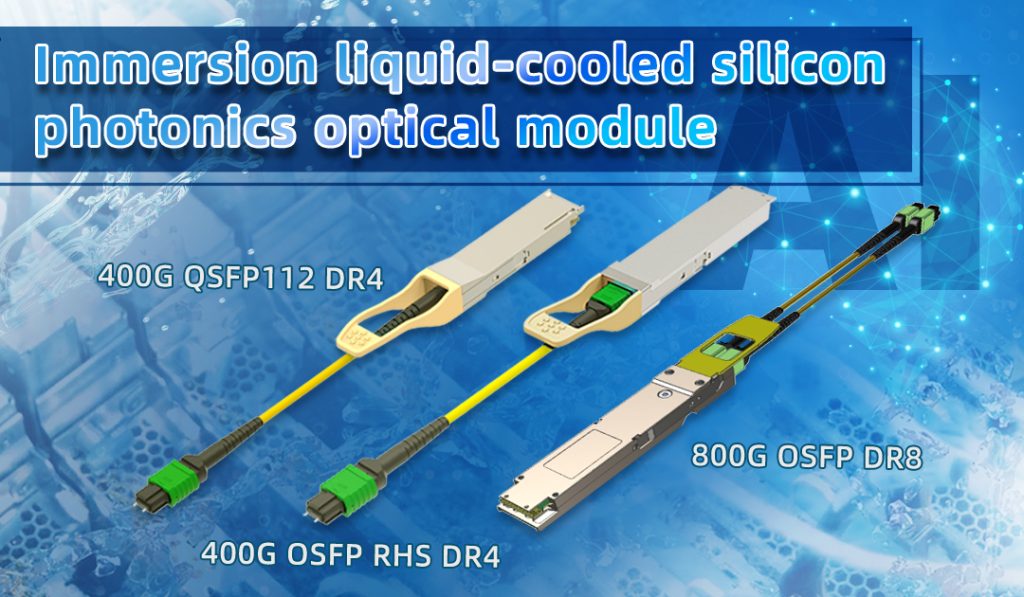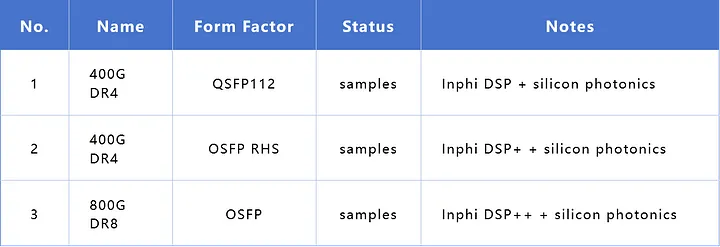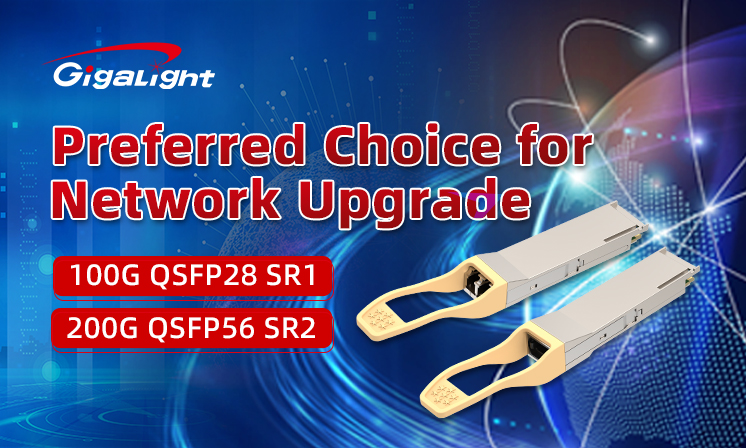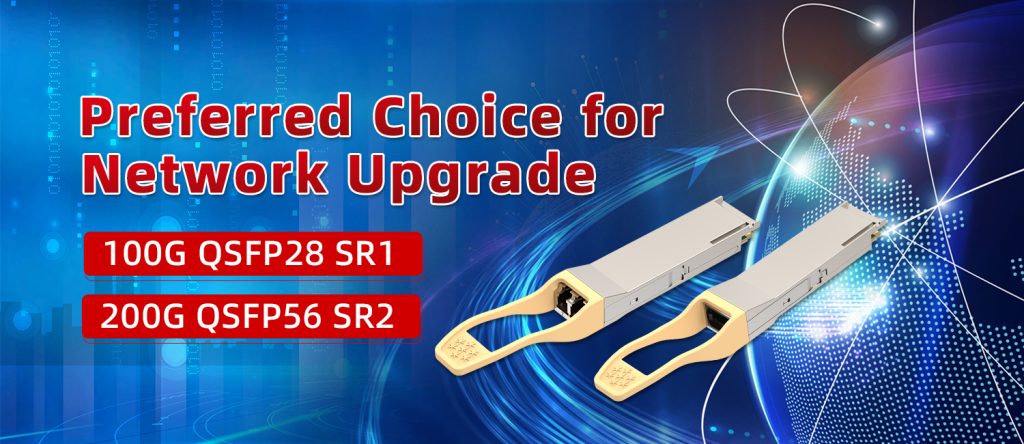Gigalight 1600G CPO Engine — Powering the Future of AI Connectivity
What has been done?
This design offers excellent scalability: the future 1600G CPO can be expanded from the existing 16-channel architecture to 32 channels, supporting 3200G CPO. The per-channel data rate can be flexibly configured as 100G PAM4 or 200G PAM4, significantly enhancing overall bandwidth capacity.
The Gigalight 1600G CPO adopts an advanced, highly integrated 2.5D hybrid packaging architecture combining Wire Bond (WB) and Flip Chip technologies. This significantly reduces the package size and overall footprint, improves system performance, lowers power consumption, increases integration density, and enables higher transmission speeds.
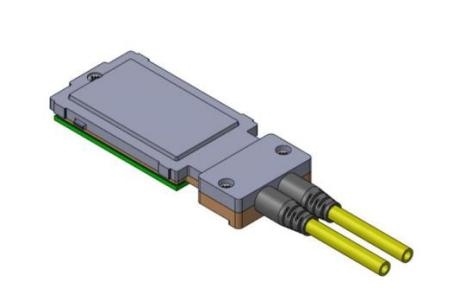
- Electrical Interface Standard: OlF CE1-112G-XSR
- Optical Interface Standard: lEEE-802.3bs 400GBASE-DR4
- Software standard: OlF-CMlS-05.3
What’s the significant commercial contribution?
1600G CPO refers to next-generation integrated optical link technology capable of delivering
approximately 1.6Tbps (1600Gbps) per port. By co-packaging the optical engine with the switching ASIC, this design significantly improves bandwidth density and shortens the electrical signal path compared to traditional pluggable optics.
Based on recent industry data, its commercial value, market trends, technological positioning, and challenges can be summarized as follows:
1.Significant energy savings and reduced power consumption
2.Improved bandwidth density
3.Meets the demands of next-generation AI/HPC high-performance clusters
What’s the outlook?
CPO is regarded as the next-generation interconnect technology. Leading companies are actively deploying co-packaged optics (CPO), with the market expected to reach \$5 billion by 2030. Industry giants such as NVIDIA have already entered the CPO field.
Julie Sheridan, the company’s CTO, cited LightCounting data showing that the data center optical interconnect market will grow from about \$10 billion in 2024 to \$30 billion by 2030.
What is the competitive positioning?
1.Versus Pluggable Modules:
Current pluggable optical modules (such as OSFP and QSFP-DD800) support speeds up to 1.6–3.2Tbps, with mature ecosystems and ease of maintenance. For example:
1600G OSFP228 DR8 has power consumption <30W (3nm DSP expected <25W)
1600G OSFP-XD DR8 <25W
Our 1600G CPO DR16 consumes less than 16W, making it significantly more power- and size-efficient than traditional optical modules.
2.LPO (Linear Pluggable Optics) as a Transitional Solution:
LPO modules omit DSP chips, cutting power consumption by 30–50%. Some industry leaders (e.g., Arista CTO) see LPO as a power-efficient compromise that doesn’t require changes to existing architecture. Current 800G OSFP DR8 LPO modules consume less than 9W.
However, LPO cannot match CPO in bandwidth density or energy efficiency and is likely just a mid-term stopgap.
3.Key Players:
The main CPO players currently include leading chipmakers like Broadcom, NVIDIA, and Marvell. Traditional network vendors (e.g., Cisco, Arista, Juniper) are currently leaning toward LPO or high-performance pluggables. Industry analysts note that trends over the next 2–3 years will determine which technology path becomes dominant.
Please include a description of challenges that might create headwinds.
1.High Structural Complexity and Packaging Precision:
CPO requires extremely precise packaging. For instance, fibers must be precisely aligned with the silicon photonics engine, and heat density increases significantly. Even if total power drops in a 51.2Tbps CPO switch, heat per unit area rises, necessitating advanced cooling like cold plate liquid cooling.
2.Maintenance and Reliability Issues:
CPOs are not hot-swappable. If the optical engine fails, the entire system must be returned for repair, resulting in a much higher mean time to repair (MTTR) than pluggable optics. While traditional modules may have a failure rate of 100 per million hours, a CPO module failure incurs significantly higher replacement costs and maintenance challenges.
3.Lack of Standardization and Supply Chain Risk:
CPO is currently developed with proprietary standards by a few vendors, and the industry has not yet adopted a universally compatible interface. This increases the risk of vendor lock-in during deployment.
4.Cost and Market Uncertainty:
CPO is still more expensive than traditional solutions. Although it offers lower power consumption, the initial deployment cost is high. In the event of an economic slowdown or delayed adoption, the CPO supply chain may face idle capacity or financial losses.
5.Threat from Alternative Technologies:
Some experts argue that despite its advanced capabilities, CPO’s structural complexity leaves room for emerging interconnect technologies to eventually surpass it. Additionally, continued optimization of traditional pluggable solutions (e.g., LPO/ LRO) may narrow the performance gap.
Product Overview
Introduction to Gigalight’s 1600G CPO Silicon Photonic Engine Based on Linear Direct-Drive Technology:
The linear silicon photonic 1600G CPO engine adopts a SOCKET slot packaging format and integrates LPO (Linear Pluggable Optics) direct-drive technology. By eliminating the DSP, the linear CPO silicon photonic engine significantly reduces both system-level power consumption and cost.
On the transmitter (TX) side, the optical output ranges from 0 to 3 dBm, with an extinction ratio between 4 and 5 dB. The TDECQ is less than 2.5 dB, typically falling between 1 and 2 dB.The operating wavelength range is from 1304.5 nm to 1317.5 nm, with an SMSR of ≥30 dB. The receiver (RX) side has an OMA sensitivity of less than -5.5 dBm.

- Electrical Interface Standard: OlF CE1-112G-XSR
- Optical Interface Standard: lEEE-802.3bs 400GBASE-DR4
- Software standard: OlF-CMlS-05.3
Key Specifications
The 1600G CPO linear silicon photonic engine features the following optical parameters:
- Transmitter (TX) optical output: 0 to 3 dBm
- Extinction ratio: 4 to 5 dB
- TDECQ: <2.5 dB, typically between 1 and 2 dB
- Wavelength range: 1304.5 nm to 1317.5 nm
- SMSR: ≥30 dB
- Receiver (RX) OMA sensitivity: < -5.5 dBm
The eye diagram is shown below:
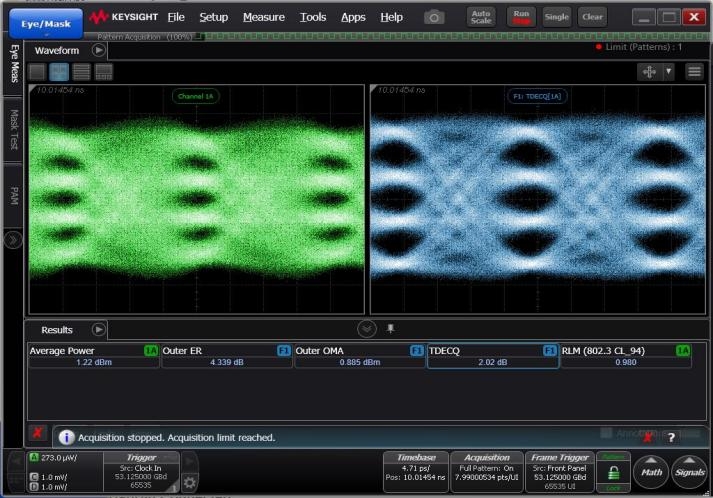
Internal Structure of the Product
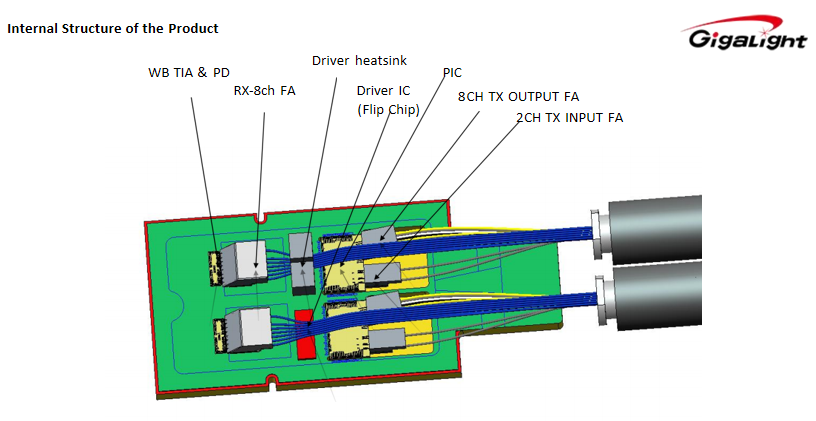
Adopts advanced hybrid packaging technology.
This design offers excellent scalability. The current 16-channel architecture of the 1600G CPO can be expanded to 32 channels in the future, enabling support for 3200G CPO. Each channel can be flexibly configured for either 100G PAM4 or 200G PAM4, significantly enhancing overall bandwidth capacity.
The Gigalight 1600G CPO adopts an advanced, highly integrated 2.5D hybrid packaging architecture combining Wire Bond (WB) and Flip Chip technologies. This approach significantly reduces package size and overall footprint, improves system performance, lowers power consumption, increases integration density, and enables higher system transmission speeds.
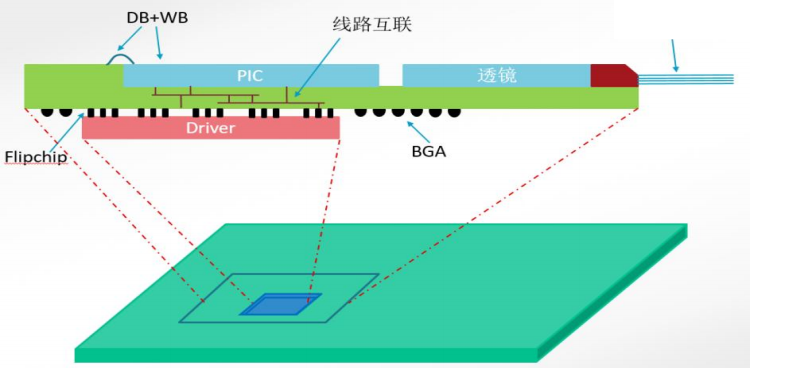
Main Manufacturing Process Flow:
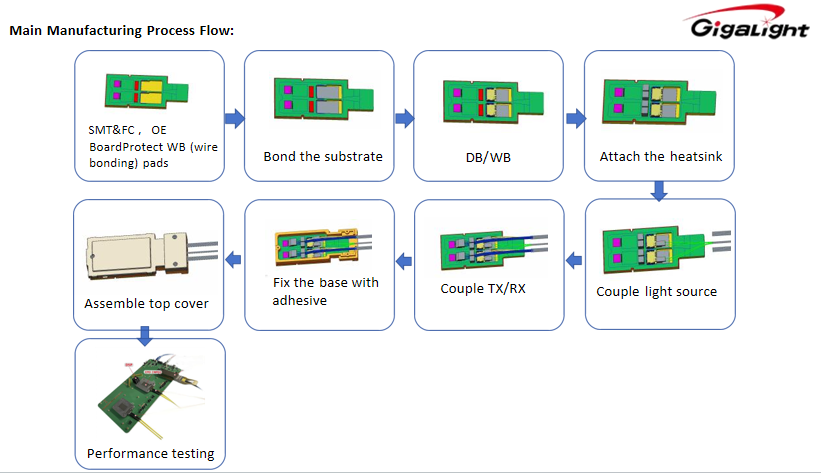
1600G CPO Test Board and CPO Physical Unit
